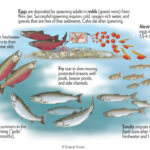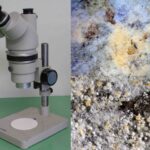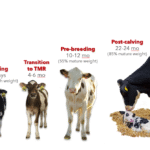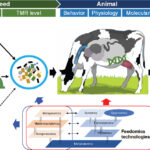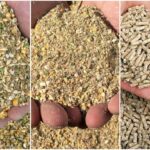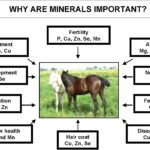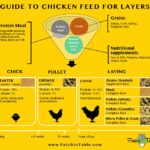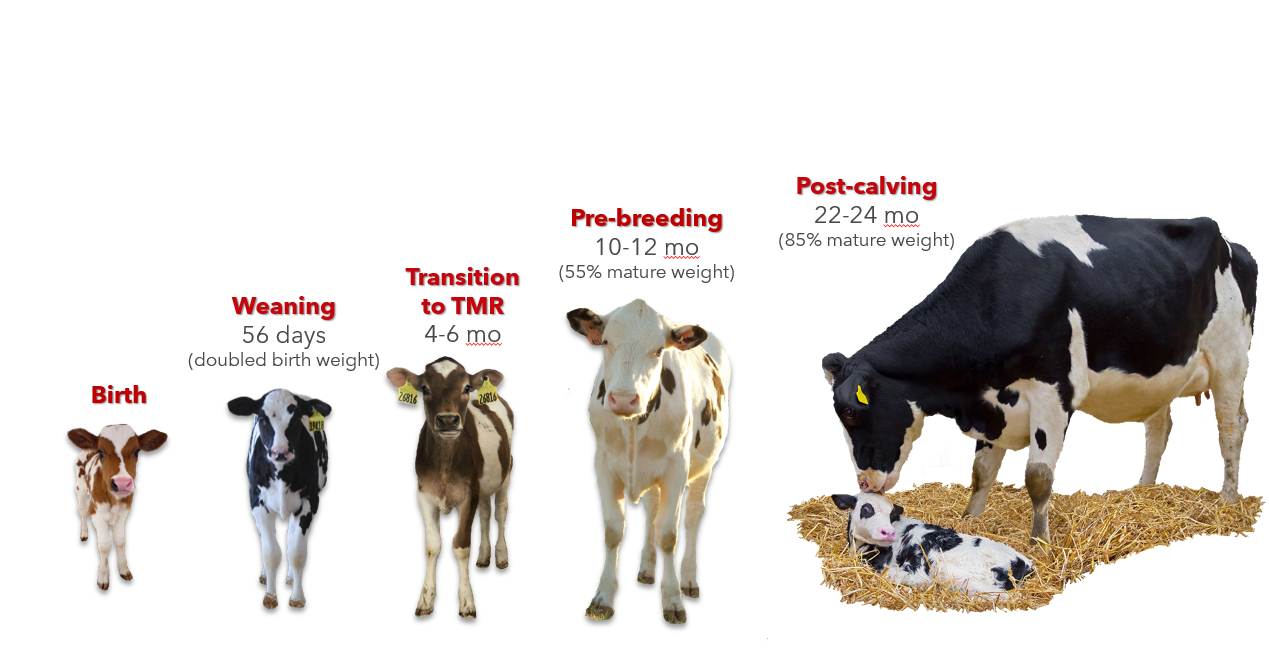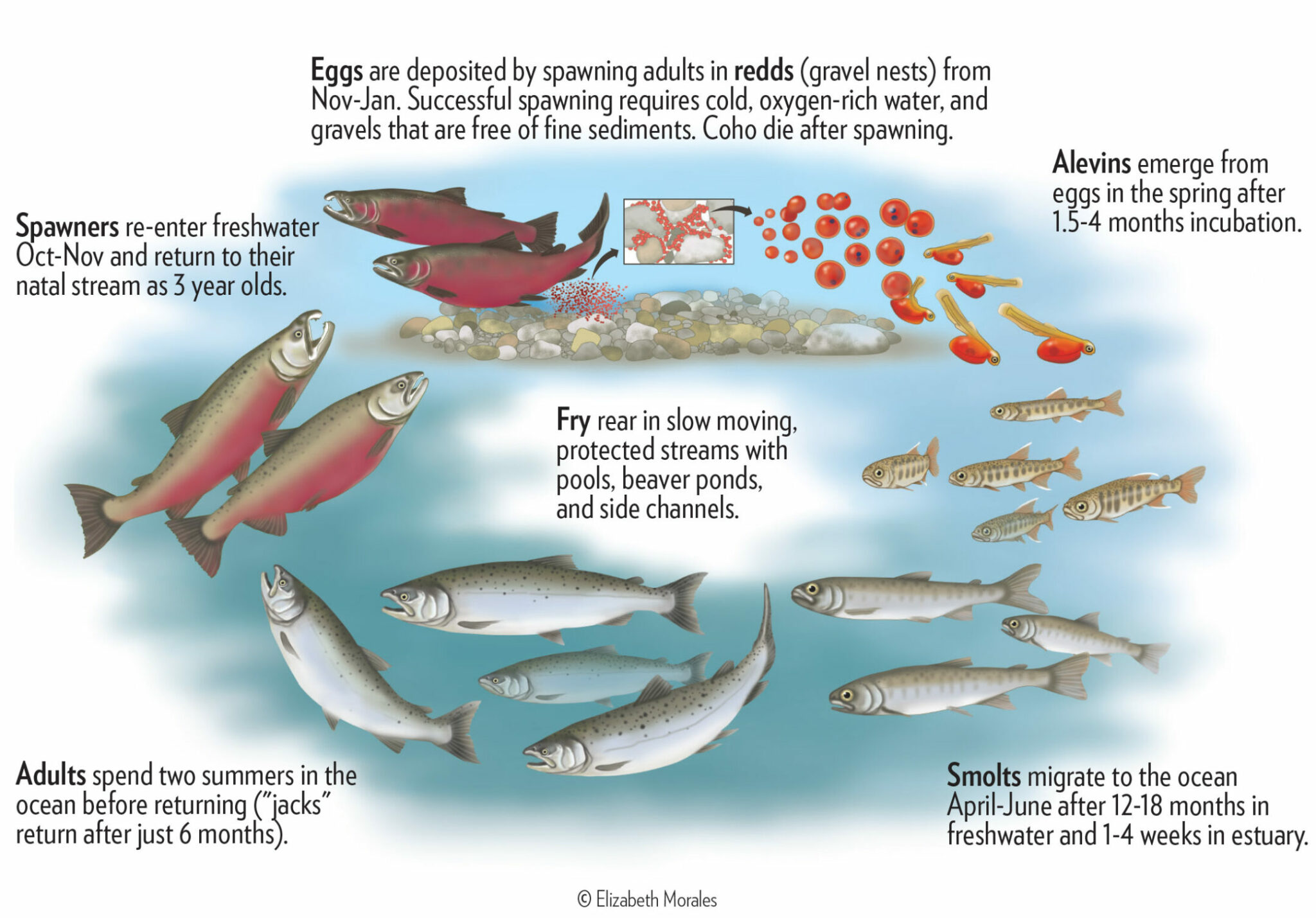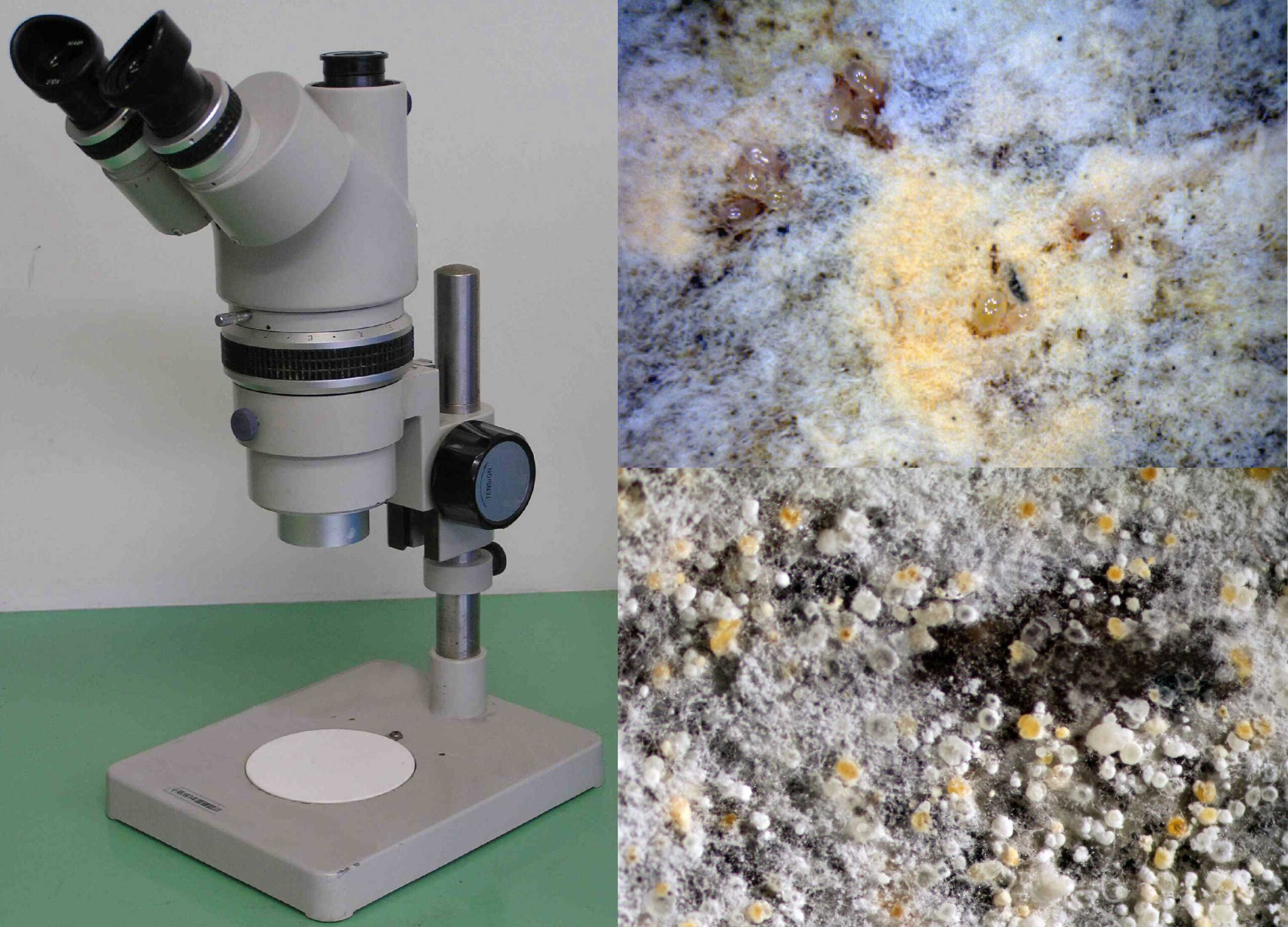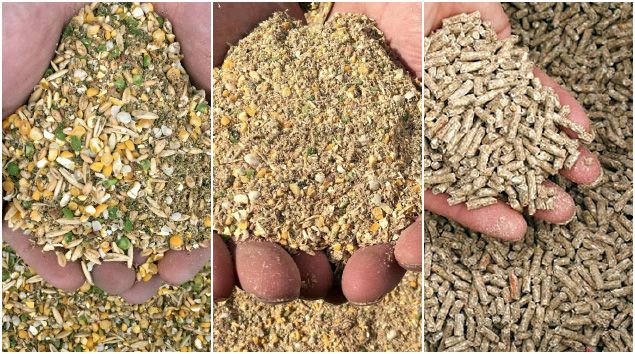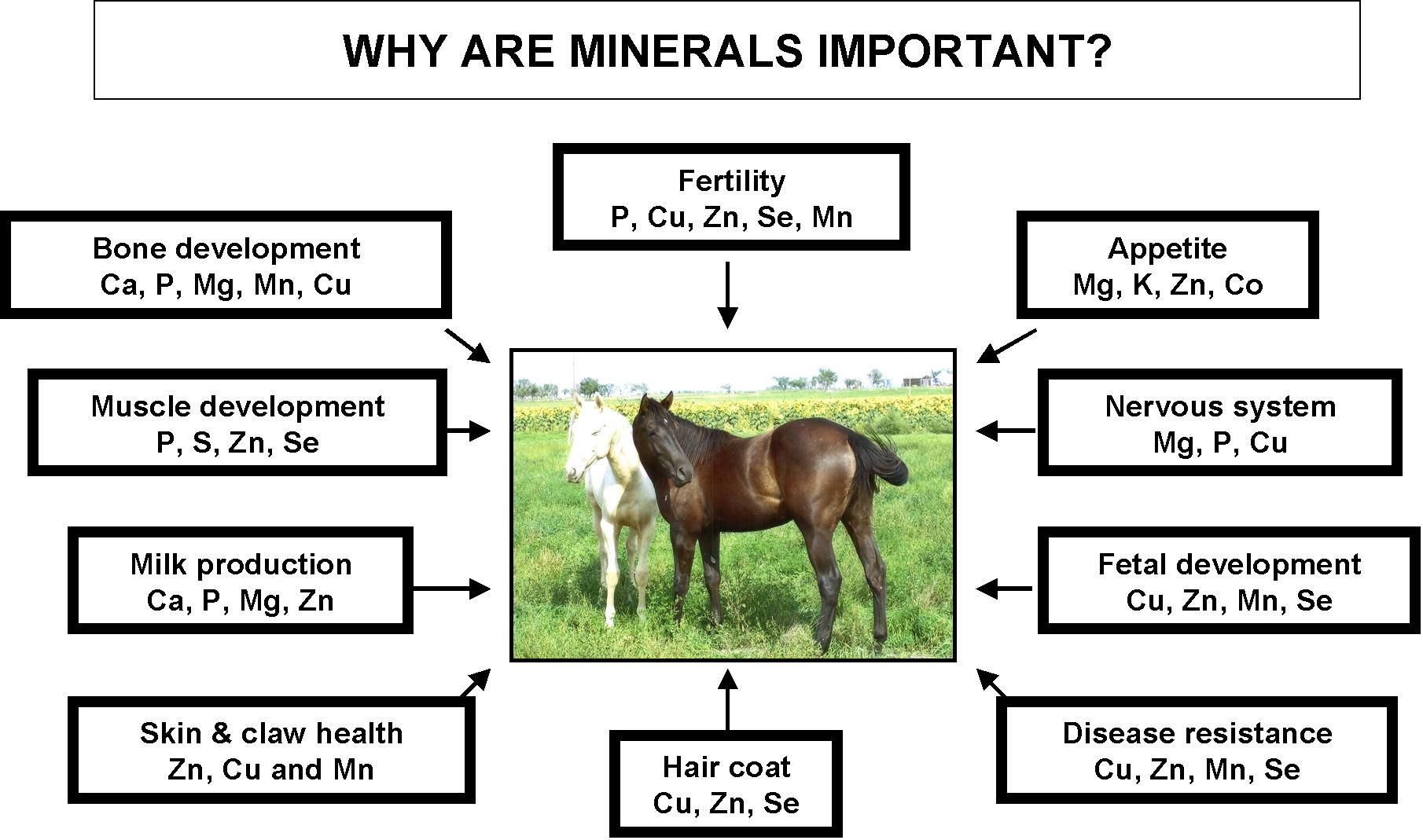- Dairy nutrition is a lifecycle management strategy, with distinct and highly sensitive periods that require specialized diets.
- A. Developing the Next Generation: Calf and Heifer Feeding Programs
- Calf Feeding Schedule: The first 60 days focus on rapid skeletal and rumen development. Milk or high-quality milk replacer must be accompanied by palatable, energy-dense calf starter feed. The goal is to aggressively promote the growth of the rumen papillae, preparing the calf for the adult diet.
- Heifer Development Goals: Heifers should achieve a target weight of 55–60% of their mature body weight before breeding and calve for the first time by 22–24 months of age. Undernourished heifers mature late; overfed heifers become fat and have poorer reproductive outcomes.
- B. Transition Cow Feeding Protocol: DCAD Diets for Dry Period Management
- The transition cow feeding protocol (21 days pre-fresh and 21 days post-fresh) is the most critical management window, largely determining the success of the entire lactation.
- Far-Off Dry Cow Feeding (60-21 days pre-fresh): The diet focuses on maintaining a healthy Body Condition Score (BCS) of 3.0 to 3.5. This phase is designed for rumen repair and rest.
- Close-Up Dry Cow Diet (21 days pre-fresh to calving): This diet is highly specialized and is the primary defense against metabolic diseases. The use of DCAD (Dietary Cation-Anion Difference) diets, often utilizing anionic salts (such as ammonium chloride or calcium chloride), is standard practice. These salts acidify the cow’s blood, triggering the hormonal systems required for massive calcium mobilization from the bones, thus preventing milk fever (hypocalcemia) after calving when calcium demand suddenly surges with the onset of lactation. Monitoring urine pH is the gold standard for assessing the success of the DCAD diet.
- C. Lactation Feeding Phases: Managing Peak Milk and Negative Energy Balance (NEB)
- Early Lactation Feeding (0–70 Days, Peak Milk): The cow’s demand for nutrients far exceeds her capacity for intake, resulting in a period of severe Negative Energy Balance (NEB) where she must mobilize body fat to support production. The ration must be highly palatable and nutrient-dense to maximize Dry Matter Intake (DMI) and minimize the duration and severity of the NEB, thereby reducing the risk of ketosis (acetonemia).
- Mid- and Late-Lactation: Once the cow stabilizes and begins to gain weight, the focus shifts to maintaining persistent milk production while optimizing feed efficiency and regaining lost body condition (preparing the cow for the next dry period)
- V. Tools and Monitoring Techniques for Precision Dairy Feeding (H2: Ration Balancing and Monitoring)
- Precision management transforms guesswork into predictable outcomes, and the use of technology and physical monitoring tools is essential for effective dairy animal feed management.
- A. Master the Total Mixed Ration (TMR)
- The Total Mixed Ration (TMR) ensures that every bite the cow consumes is nutritionally identical. Consistency is paramount.
- Principles of TMR: Accurate weighing, proper ingredient sequencing (forages first), and consistent mixing time are non-negotiable.
- TMR Monitoring and the Penn State Shaker Box: This simple, yet crucial, tool is used to test the particle size consistency of the mixed feed. An improperly mixed TMR allows for feed sorting by the cow, reducing the effective fiber intake and increasing the risk of SARA.
- TMR Mistakes to Avoid: These include mixing too long (which pulverizes the fiber) or too short (which leaves clumps and allows for sorting). The TMR needs to be delivered and pushed up frequently to encourage DMI throughout the day.
- B. Body Condition Scoring (BCS): Visual Assessment of Dairy Nutrition Status
- Body Condition Scoring (BCS) (typically on a 1–5 scale) is a rapid visual tool for estimating the cow’s energy reserves.
- Monitoring BCS changes helps diagnose nutritional imbalances long before they become clinical problems. For example, cows dropping below a BCS of 2.5 in early lactation are high-risk for severe ketosis and reproductive failure.
- C. Monitoring Dairy Herd Health Through Milk Analysis
- Milk analysis provides a non-invasive, objective measure of ration effectiveness.
- Milk Fat and Protein: A low milk fat percentage, especially when the fat-to-protein ratio is inverted (i.e., less than 1.1), is a strong indicator of low rumen pH or SARA, signaling a need to increase effective fiber or buffer in the diet.
- Milk Urea Nitrogen (MUN): MUN levels (or Blood Urea Nitrogen, BUN) indicate the efficiency of nitrogen utilization. High MUN suggests excess RDP is being wasted and excreted, increasing feed costs and environmental impact.
- D. Using Ration Balancing Software
- Sophisticated software allows nutritionists to model nutrient interactions, ingredient pricing, and projected performance against actual milk and DMI data, ensuring the ration remains optimized for maximum efficiency.
- VI. Conclusion: Sustaining Health, Profitability, and Efficient Feeding
- Mastering the feeding of dairy animals is the highest form of herd management. It requires a dedicated commitment to detail across the entire lifecycle, from aggressively managing rumen health with high-quality eNDF and avoiding SARA to executing the critical DCAD diet for dry cows. By focusing on consistency, utilizing tools like the Penn State Shaker Box for TMR quality, and continuously monitoring key metrics like BCS and MUN, producers transform their operations from guesswork into a predictable, highly profitable science. The pathway to sustained herd health and optimal milk production is achieved through precise, strategic, and balanced nutrition.

Etcetera
-
Population dynamics, movement, migration and colonization in fishes, spawning, feeding and over-wintering migrations
Thank you for reading. Don’t forget to subscribe & share! Population dynamics, movement, migration and colonization in fishes, spawning, feeding and over-wintering migrations Population dynamics, movement, migration and colonization in fishes, spawning, feeding and over-wintering migrationsFish populations are dynamic and constantly changing. Understanding these dynamics, including movement, migration, and various life cycle stages, is crucial…
Thank you for reading. Don't forget to subscribe & share!
-
TYPES OF FEED MICROSCOPY
Thank you for reading. Don’t forget to subscribe & share! Feed microscopy involves the examination of feed samples under a microscope to analyze their physical and biological characteristics. Different types of microscopy techniques can be used to study various aspects of feed composition, quality, and contamination. Here are some common types of feed microscopy: Optical…
-
The Science of Dairy Animal Nutrition: Strategic Feeding for Optimized Milk Yield and Herd Health
Introduction: The Critical Role of Dairy Animal Nutrition and Feeding Strategies The successful operation of a modern dairy farm is fundamentally dependent on the strategic and precise feeding of dairy animals. In today’s high-stakes environment, nutrition is no longer a matter of simply filling the feed bunk; it is a sophisticated, data-driven discipline that directly…
-
Techniques for estimating the nutritive value of feedstuffs
Latest techniques for estimating nutritive value of feedstuffs, with how they work, strengths, and challenges. These reflect both incremental improvements on classic methods and newer approaches.Thank you for reading. Don’t forget to subscribe & share! A. Emerging & Improved Laboratory / Analytical Techniques B. Applications & Case Examples (Recent Studies) C. Comparison: Validity & When…

